
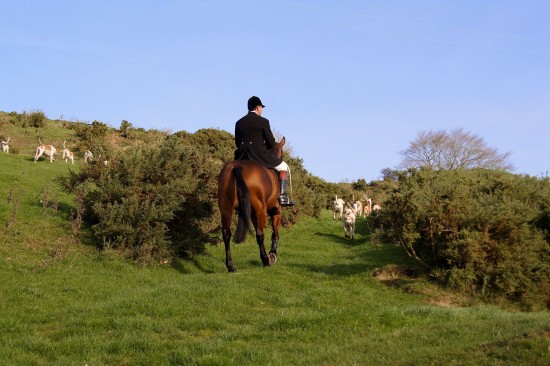
Fox hunting started in the 16th Century, and became a popular sport in the countryside across the world. Since the UK fox hunting ban in 2004, hunting has adapted despite its fears that it would disappear. Now hunts hold drag hunting events.
Rather than chasing a fox over country, the hunt will lay a trail of scent over roughly 10 miles of countryside. This is usually laid by a runner on foot, pulling a boot filled with scent such as aniseed or dead meat. This trail will go over all sorts of terrain to test the hounds as well as the horses. Drag hunts are run with foxhound or bloodhound packs.
Other than the lack of fox, hunting continues as a cross country sport as it did before.
Most hunts will use Foxhounds, which have been bred over centuries to follow scents over long distances. The dogs are kept in packs, harking back to their life pre-domestication when they would work together to track and bring down prey. The dogs will be paired up in the kennels, and puppies are sent to hunt members to be trained and socialised before they join the main pack. Most hunt dogs are fed on raw meat, provided by an abattoir. Larger hunts also offer a service to dispose of larger animal carcasses.
Bloodhounds are also used, and have become popular since drag hunting has taken off. They are a larger dog, with long ears to help funnel the scent into the nose. Bred to hunt deer and wild boar, they are incredibly strong and have the stamina to run for miles. Although they are usually solitary trail finders, the UK does have a number of hunting packs showing they can work together.
There are a number of people who will run the hunt and manage the hounds throughout the day. They key members are:
Master of Foxhounds – the Master runs the Hunt club, and also has the final say over everything in the field.
Huntsman – he will be responsible for the hounds in the field, and can also be the kennel man. He will manage the pack, ensuring they find and follow the scent.
Whippers-In – the Whip will make sure none of the hounds are lost, and any that wander away from the pack will be driven back in.
You will all meet up in a nearby village. Hunts can start with a “meet” which is a tipple provided to those on horseback before the hunt starts. Within 30 minutes of the meet, the Master will call the ride to hounds, using a hunting horn. All of the ride will then follow the Master, and the hunt will begin as soon as the hounds pick up the scent.
Drag hunts are a lot faster than fox hunting, as the scent is continuous. The ride will go over different terrain, and include fences and hedges. Drag hunts offer different ratings of event. Novices will start with an option to jump shorter post and rail jumps, or avoid them by going through gates and safe routes. Experienced riders, and horses looking to qualify for point to points, will have a mixture of hedges and post and rails to jump though out the day, with no options to avoid.
Meets usually start mid-morning, and will continue until the light gets bad. Each section of the day is split into legs, so the horses and hounds get a natural rest break between gallops.
Anyone can partake in a drag hunt, even those with no horse. Some hunts allow foot followers, who can also meet up at each leg to provide help or conversation. This was more popular in fox hunting, where the hunt was a lot slower paced.
If you would like to try a drag hunt, contact your local hunt secretary to get details on the dates available, and whether they offer beginner introduction days. You will only need to pay your cap for the day (the fee) when you arrive at the meet.
It is considered rude to overtake the Master of the Hounds, as he will be leading the field. You must stay behind him to make sure you don’t get lost or follow the wrong trail.
You will need to wear a traditional hunting jacket, in black or navy. Never buy a red jacket, as only the hunt staff wear red. Hunts still accept ladies riding in side-saddle, so order a hunting habit with modern safety hat if you are brave to attempt it.
As long as the horses tack is safe, secure and comfortable, anything goes. Many horses will wear boots, especially if jumping hedges.
There is no restriction on what breeds of equine can hunt, but if your horse is scared of dogs, running with horses or jumping, it is probably not for him. Every type of horse and pony participates in hunts, even ponies on a lead rein.
The key requirement is fitness. Drag hunting is fast, over hills, ploughed fields and moor land. There will be a break, but your horse will need to recover quickly as they are short. To get the complete drag hunting experience, you will also need a horse with a big, bold jump and a lot of confidence. You will be jumping large hedges, some with a drop on the landing side that you won’t see until you are half way down.
A horse will need to be fit before you participate in a season of drag hunting. Lots of road work will help to improve stamina and general fitness. Also take long hacks over country terrain rather than flat bridle paths, so he can learn how to adapt in mud, furrows and across streams. Start to jump him over normal post and rails as he gets stronger, and book in a few cross country classes to practice over fences on hills, in water, and over brush. This will help boost both you and your horse’s confidence, reducing the fear of a refusal.
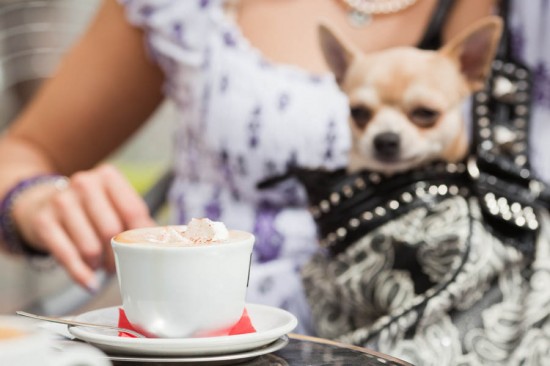 ‘handbag’ Dogs- Why You Should Never See Your Pet As A Fashion Accessory
‘handbag’ Dogs- W
‘handbag’ Dogs- Why You Should Never See Your Pet As A Fashion Accessory
‘handbag’ Dogs- W
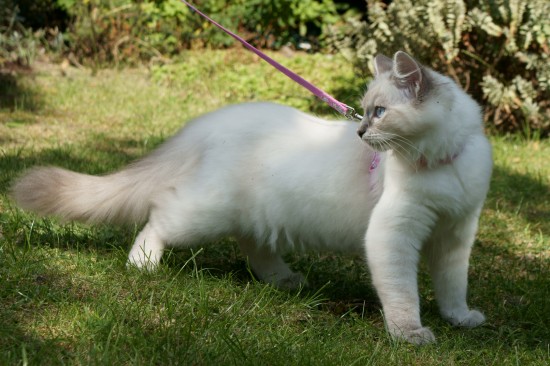 Is Walking Your Cat On A Lead As Crazy As It Sounds?
Is Walking Your C
Is Walking Your Cat On A Lead As Crazy As It Sounds?
Is Walking Your C
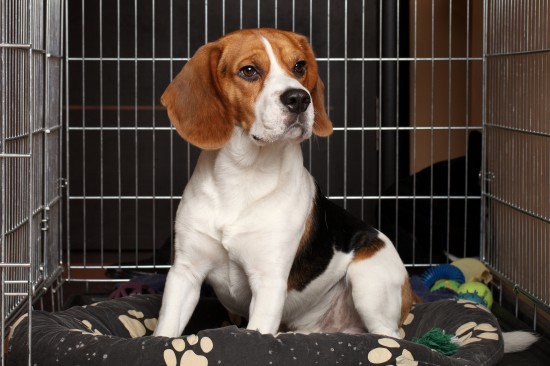 Do You Use A Dog Crate For The Right Reasons?
Do You Use A Dog
Do You Use A Dog Crate For The Right Reasons?
Do You Use A Dog
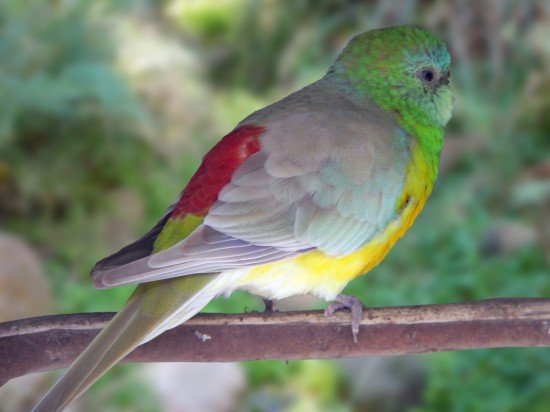 Red Rumped Parrot
Red Rumped Parrot
Red Rumped Parrot
Red Rumped Parrot
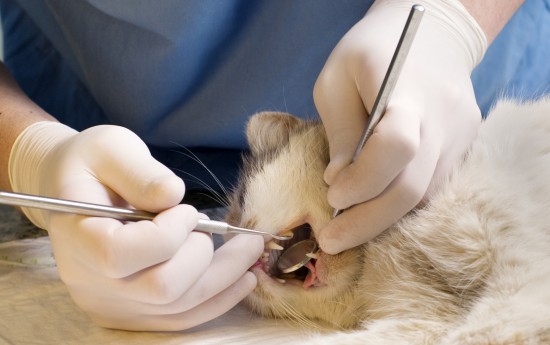 What Happens During A Veterinary Dental Procedure?
What Happens Duri
What Happens During A Veterinary Dental Procedure?
What Happens Duri
Copyright © 2005-2016 Pet Information All Rights Reserved
Contact us: www162date@outlook.com